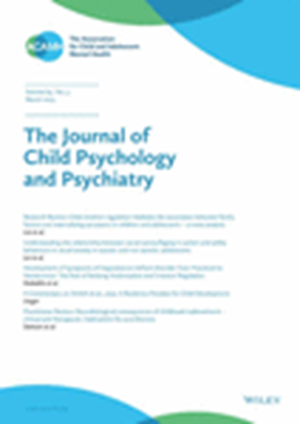Childhood adversity is associated with reduced threat-safety discrimination and increased fear generalization in 12- to 16-year-olds
Abstract
Background
Childhood adversity poses a major transdiagnostic risk for a host of psychiatric disorders. Altered threat-related information processing has been put forward as a potential process underlying the association between childhood adversity and psychiatric disorders, with previous research providing support for decreased discrimination between threat and safety cues, in both children and adults exposed to adversity. This altered threat-safety discrimination has been hypothesized to stem from increased generalization of fear, yet to date, this hypothesis has not been tested in youth.
Methods
Here, we investigate whether childhood adversity is associated with fear generalization during adolescence. 119 adolescents between 12 and 16 years of age (mean = 13.95), of whom 63 exposed to childhood adversity, completed a fear generalization paradigm. Fear conditioning was assessed through trial-by-trial US expectancy ratings and post-experimental ratings of fear, valence and arousal. Additionally, we administered a perceptual discrimination task to assess the potential impact of perceptual discrimination abilities upon fear generalization.
Results
In line with our hypotheses, results showed that childhood adversity is associated with (1) reduced threat-safety differentiation during fear acquisition and (2) increased fear generalization in both boys and girls, albeit to a different extent, as boys showed more generalization towards safety cues while girls showed more generalization towards dangerous cues. Moreover, this overgeneralization of fear could not be attributed to group differences in perceptual discrimination.
Conclusions
Altered fear learning may be an important process through which adversity increases risk for the development of psychopathology. Longitudinal research is essential to elucidate risk and resilience patterns following childhood adversity.

 求助内容:
求助内容: 应助结果提醒方式:
应助结果提醒方式:


